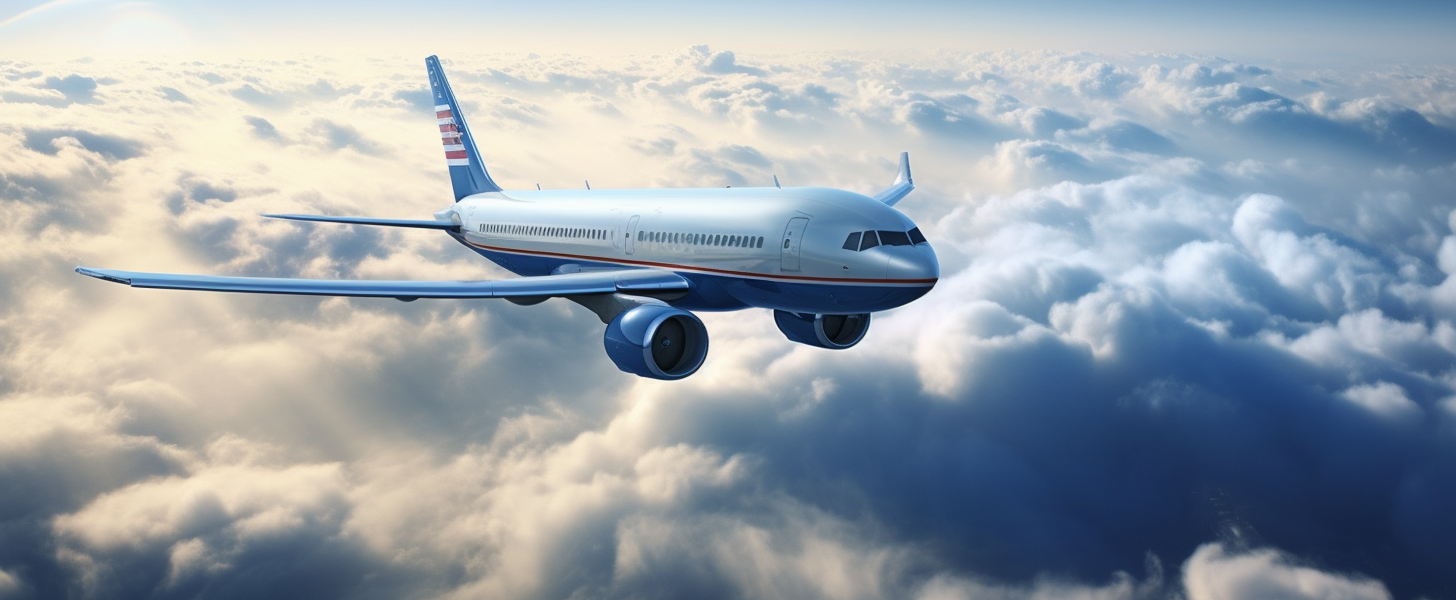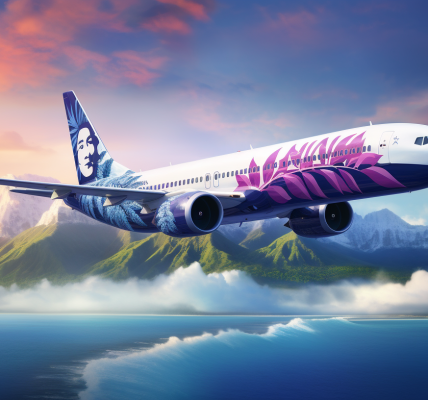The history of aviation is a tapestry woven with the stories of remarkable individuals whose ingenuity, courage, and perseverance have elevated the realm of air travel from a fantastical dream to a global reality. These pioneers have not only revolutionized the way we traverse the skies but have also reshaped our understanding of distance and connectivity. Their contributions have been pivotal in creating the modern aviation industry, an intricate system that now facilitates commerce, culture, and communication across continents.
At the forefront of these visionaries was the Wright brothers, Orville and Wilbur, whose relentless experimentation led to the first controlled, powered, and sustained heavier-than-air human flight in 1903. Their Wright Flyer took to the skies at Kitty Hawk, North Carolina, forever changing the course of human transportation.
Following the Wrights, figures like Charles Lindbergh emerged, who in 1927 completed the first solo nonstop transatlantic flight. Lindbergh’s daring journey from New York to Paris in the Spirit of St. Louis captivated the world and demonstrated the potential for long-distance air travel.
Amelia Earhart, another trailblazer, set multiple aviation records and became an icon of perseverance and courage. Her attempt to circumnavigate the globe in 1937 remains one of the most daring undertakings in aviation history, and her mysterious disappearance over the Pacific only added to her legend.
The jet age was heralded by pioneers like Frank Whittle and Hans von Ohain, who independently developed the jet engine. Their innovations in the 1930s and 1940s led to the development of jet aircraft, which revolutionized air travel by making it faster and more efficient.
In the realm of aerospace engineering, figures like Kelly Johnson stood out. As the lead engineer at Lockheed’s Skunk Works, Johnson was instrumental in the development of the U-2 and SR-71 Blackbird spy planes, which played critical roles in Cold War reconnaissance.
The commercial aviation industry owes much to Juan Trippe, the founder of Pan American World Airways. His vision for international air travel and his push for the development of the Boeing 747 jumbo jet expanded the reach of air travel to the masses.
In the field of space exploration, Neil Armstrong’s “giant leap for mankind” as the first person to walk on the moon in 1969, aboard the Apollo 11 mission, pushed the boundaries of human achievement and inspired a new era of space exploration.
Lastly, Burt Rutan, an aerospace engineer, made significant strides in space tourism with the creation of SpaceShipOne, the first privately funded spacecraft to enter space, paving the way for the burgeoning commercial spaceflight industry.
These individuals, among others, have left an indelible mark on the world of aviation and aerospace. Their legacies continue to inspire new generations of engineers, pilots, and dreamers to reach for the skies and beyond.
FAQ:
Q: Who were the Wright brothers?
A: The Wright brothers, Orville and Wilbur, were American aviation pioneers who are credited with inventing, building, and flying the world’s first successful motor-operated airplane.
Q: What was Charles Lindbergh’s famous flight?
A: Charles Lindbergh’s famous flight was the first solo nonstop transatlantic flight, which he completed in 1927, flying from New York to Paris.
Q: What is the significance of the jet engine?
A: The jet engine, developed by Frank Whittle and Hans von Ohain, revolutionized air travel by enabling aircraft to fly faster and more efficiently at higher altitudes, leading to the jet age of aviation.
Q: What did Burt Rutan accomplish?
A: Burt Rutan is an aerospace engineer known for designing SpaceShipOne, the first privately funded spacecraft to reach space, which won the Ansari X Prize and contributed to the field of commercial spaceflight.
Glossary of Terms:
– Aviation: The design, development, production, operation, and use of aircraft, especially heavier-than-air aircraft.
– Transatlantic Flight: A flight that crosses the Atlantic Ocean, connecting Europe or Africa with the Americas.
– Jet Age: The period in aviation history when jet aircraft became commonplace, typically considered to have begun in the 1950s.
– Aerospace Engineering: A field of engineering focused on the development of aircraft and spacecraft.
– Space Tourism: A recent form of tourism that involves traveling into space for recreational, leisure, or business purposes.
The source of the article is from the blog scimag.news




